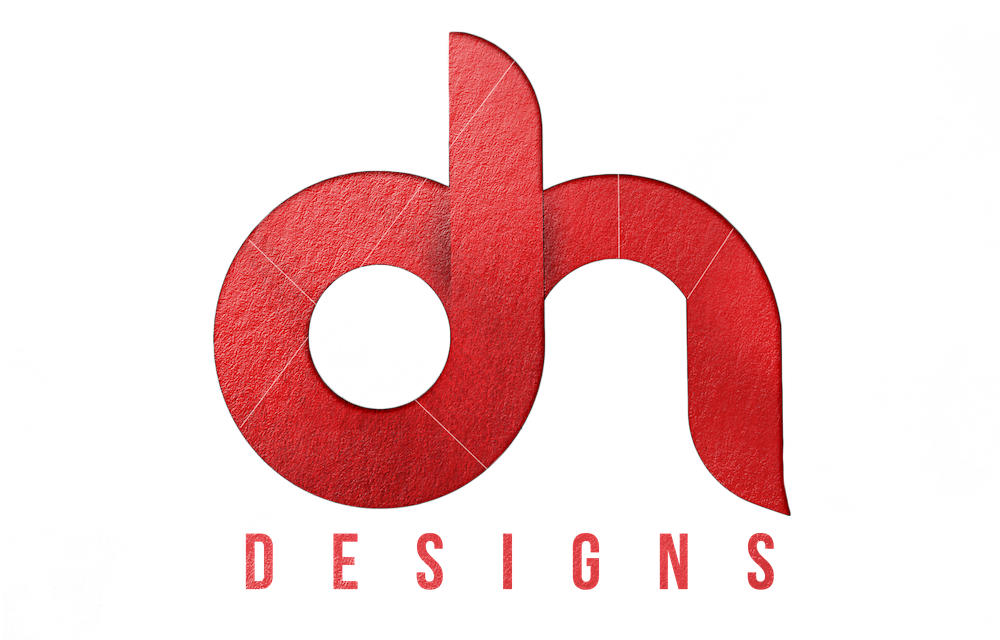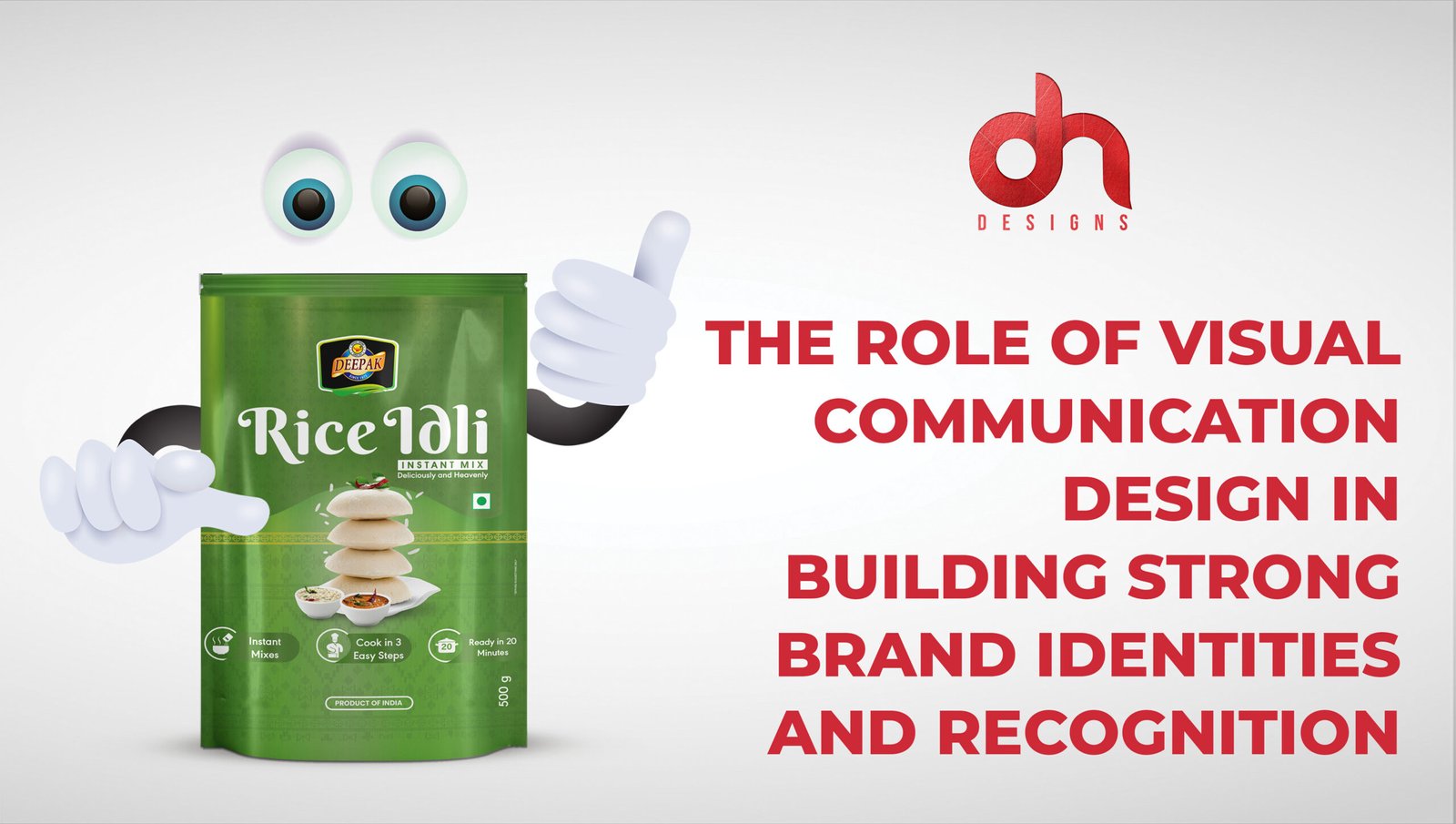Visual communication design plays a crucial role in building strong brand identities and recognition. It is the process of creating visual elements that communicate the values and message of a brand to its target audience. Effective visual communication design helps a brand to stand out from the competition, create a strong emotional connection with customers, and increase brand recognition and loyalty.
strong brand Identity
A strong brand identity is a set of visual, verbal, and experiential elements that communicate the values, personality, and message of a brand to its target audience. It is the sum of all the brand’s characteristics that make it unique and recognizable. A strong brand identity helps a brand to stand out from its competitors, build customer loyalty, and increase brand recognition. A strong brand identity is consistent across all communication channels and reinforces the brand’s message and values.
Brand identity is a set of visual components that represents a company’s ideas and allows customers to remember a brand and distinguish it from dozens of others. It helps shape consumers’ perceptions about a company, build loyalty and trust, and make a brand memorable.
Why is it important to define a clear brand identity?
Companies often overlook the importance of creating a well-defined brand identity as part of their overall marketing strategy, but it’s a crucial step.
A clearly defined brand identity brings several benefits, such as:
Uniqueness: A deep understanding of a brand’s unique qualities and how it sets itself apart from competitors.
Personification and emotional connection: An opportunity to build an emotional connection with target audiences.
Consistency: Consistent communication and marketing efforts can lead to better brand recognition.
Clarity: A distinction between core, unchanging brand elements and ones that can evolve.
Elements of Brand Identity
Brand identity isn’t merely a logo, it includes more components that you should consider.
Logo. Logos can be presented in the form of images, texts, and shapes that depict a brand’s name and purpose. Of course, a logo is the key element of a company’s identity since customers usually pay attention to it. You can also use a text logo (a distinct text-only typographic treatment of a brand’s name). More and more companies now choose text-only logos since they are easier to remember.
Font. Once you decide on your logo, you should think of the corporate font you will use on your website and in different marketing campaigns. Find an attention-grabbing and easy-to-understand font. The best fonts include Proxima Nova, TT Norms Pro, and Helvetica Now. They are used by famous brands like Spotify, Jeep, Bosh, Panasonic, and many more.
Style consistency. By mentioning style, we mean visual elements of your brand. You should be consistent when it comes to images and other visual elements on your website or in promotional campaigns.
Shape and form. One more essential component is a shape or form that represents your company and makes people recognize your product. Ensure that you have memorable packaging and an interesting form. For example, McDonald’s effectively utilized a unique element for promotion. Now the iconic “M” form is known all over the world.
Ways in which visual communication design contributes to building strong brand identities and Recognition
Here are some ways in which visual communication design contributes to building strong brand identities and recognition:
Logo Design: A logo is the most recognizable element of a brand. It should be designed to communicate the essence of the brand and evoke positive emotions in the target audience. A well-designed logo should be simple, memorable, and easily identifiable.
Brand Colors: Colors can evoke emotions and associations that are connected to a brand. Consistent use of brand colors in all visual elements helps to create a strong visual identity that is easily recognizable by customers.
Typography: The typography used in a brand’s visual communication should be selected based on the brand’s personality and values. It should be easily legible and should complement the brand’s logo and colors.
Packaging Design: Packaging design is an essential part of a brand’s visual communication. It should be designed to grab attention, communicate the brand’s values and message, and differentiate the brand from its competitors.
Visual Branding Guidelines: Creating a set of visual branding guidelines helps to ensure consistency in the use of visual elements across all communication channels. This consistency helps to reinforce the brand identity and makes it easier for customers to recognize the brand.







